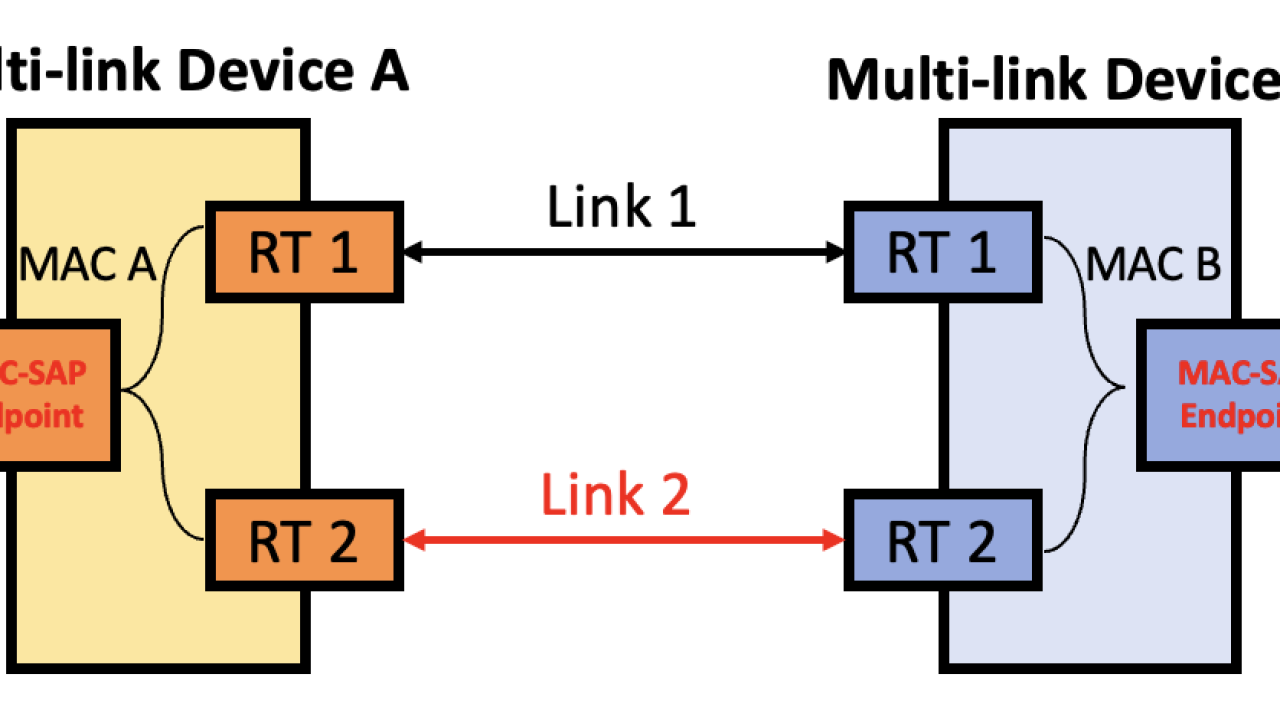MLOps automates the deployment of machine learning models into production environments, reducing manual errors and accelerating time-to-market for data-driven applications.
Posted on 12 February, 2024 by RUCKUS Networks

"MLO" can stand for various things depending on the context. However, in the realm of technology and business, it commonly refers to "Machine Learning Operations" or "Model Lifecycle Management." Let's explore both:
Machine Learning Operations (MLOps):
Machine Learning Operations MLO refers to the practices, tools, and methodologies used to streamline and automate the deployment, management, monitoring, and governance of machine learning models in production environments. MLOps aims to bridge the gap between data science and IT operations, ensuring that machine learning models deliver value at scale and in a reliable manner. Here's why MLOps is essential:
Automated Deployment: MLOps automates the deployment of machine learning models into production environments, reducing manual errors and accelerating time-to-market for data-driven applications.
Scalability: MLOps enables organizations to scale their machine learning workflows efficiently, supporting the deployment of models across diverse infrastructure environments, including cloud, on-premises, and edge devices.
Model Monitoring and Management: MLOps provides capabilities for monitoring the performance and health of deployed models in real-time, allowing organizations to detect anomalies, drift, and degradation in model performance and take proactive measures to address them.
Governance and Compliance: MLOps ensures that machine learning models adhere to regulatory requirements, ethical guidelines, and organizational policies throughout their lifecycle. It provides mechanisms for version control, lineage tracking, and auditability of model development and deployment processes.
Collaboration and Reproducibility: MLOps fosters collaboration among data scientists, engineers, and other stakeholders involved in the machine learning lifecycle. It promotes reproducibility of experiments, code, and model artifacts, facilitating knowledge sharing and continuous improvement.
Model Lifecycle Management:
Model Lifecycle Management refers to the end-to-end process of developing, deploying, monitoring, and retiring machine learning models throughout their lifecycle. It encompasses various stages, including data collection, feature engineering, model training, evaluation, deployment, monitoring, and retraining. Here are the key aspects of Model Lifecycle Management:
Data Collection and Preparation: Model lifecycle management begins with data collection from diverse sources and the preprocessing of raw data into a format suitable for model training.
Model Development: In this stage, data scientists experiment with different algorithms, features, and hyperparameters to build and optimize machine learning models based on the training data.
Model Evaluation: Models are evaluated using validation datasets to assess their performance, accuracy, and generalization ability. Metrics such as accuracy, precision, recall, and F1-score are used to measure model performance.
Model Deployment: Once a model is trained and evaluated, it is deployed into production environments where it can generate predictions or insights in real-time.
Model Monitoring and Maintenance: Deployed models are continuously monitored to ensure they perform as expected and remain accurate over time. If performance degrades or drift occurs, models may be retrained using updated data or retired if they no longer meet business requirements.
Model Retirement: When models become obsolete or are no longer effective, they are retired from production environments, and their usage is discontinued.
In conclusion, both Machine Learning Operations (MLOps) and Model Lifecycle Management (MLLM) are essential for organizations looking to leverage machine learning effectively. By implementing robust practices and tools for managing the entire lifecycle of machine learning models, organizations can ensure that their AI initiatives deliver value, remain compliant, and adapt to evolving business needs.
For more info. visit us:
access point health monitoring